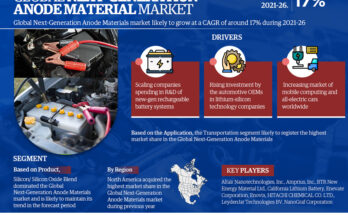Medical tubing refers to flexible hollow tubes made from various materials such as silicone, PVC, polyurethane, and thermoplastic elastomers, used in medical devices and equipment. These tubes serve a wide range of functions in healthcare settings, including fluid delivery, drainage, ventilation, and surgical procedures. Medical tubing is available in different sizes, shapes, and configurations to accommodate specific medical applications, ensuring safe and effective delivery of fluids, gases, or medication to patients. It plays a critical role in various medical procedures, diagnostics, and treatments, contributing to patient care and medical advancements.
Download PDF Brochure: https://www.marketsandmarkets.com/pdfdownloadNew.asp?id=162082103
The medical tubing market size is projected to reach USD 15.7 billion by 2028, at a CAGR of 8.2% from USD 10.6 billion in 2023. The combination of regulatory frameworks, growing application, increasing market trends, consumer preferences, and technological advancements are driving the medical tubing market.
The key global players in the medical tubing market include Saint-Gobain (France), Freudenberg Medical (US), W. L. Gore & Associates, Inc. (US), Lubrizol Corporation (US), TE Connectivity (Switzerland), Nordson Corporation (US), Elkem ASA (Norway), Raumedic AG (Germany), Teknor Apex (US), and Spectrum Plastics Group (US) and others.
Based on material, the medical tubing market has been segmented into plastics, rubbers, specialty polymers, and others. Rubbers have the largest market for medical tubing. Rubber medical tubing is a flexible, hollow tubes made from several types of rubber materials used in medical and healthcare applications. Rubber tubing is commonly used for various medical purpose because they are resistant to certain chemicals and sterilization methods. In the market, rubber medical tubing is available in the various materials including thermoplastic elastomer, thermoplastic polyurethane, silicone, polyurethane, ethylene propylene diene monomer, and latex.
Based on application, the medical tubing market has been segmented into bulk disposable tubing, catheters & cannulas, drug delivery systems, and special applications. Bulk disposable tubing is used in dialysis tubing and intravenous tubing whereas catheters & cannulas are used in cardiovascular catheters, IV catheters, and urinary catheters. Drug delivery systems are used for various applications including nasogastric and nebulizers and special applications of medical tubing is peristaltic pump, gas supply, and smoke evacuation tubing.
Based on structure, the medical tubing market has been segmented into single-lumen, co-extruded, multi-lumen, braided tubing, and tapered or bump tubing. The various structures are made by combining different polymers using the extrusion process. These structures provide different properties such as high pressure, ultraviolet (UV) protection, flame retardant, antimicrobial, and gamma-ray protection to the tubing, which can be used according to specific applications.
Inquiry Before Buying: https://www.marketsandmarkets.com/Enquiry_Before_BuyingNew.asp?id=162082103
Europe is the second largest market for medical tubing. The region is driven by the increasing demand for minimally invasive procedures, rising geriatric population, and growing adoption of advanced medical technologies. Europe has a well-established regulatory framework for medical devices, which is contributing to the growth of the market.
Read Our Trending Press Release Below:
Porcelain Enamel Coatings Trends


